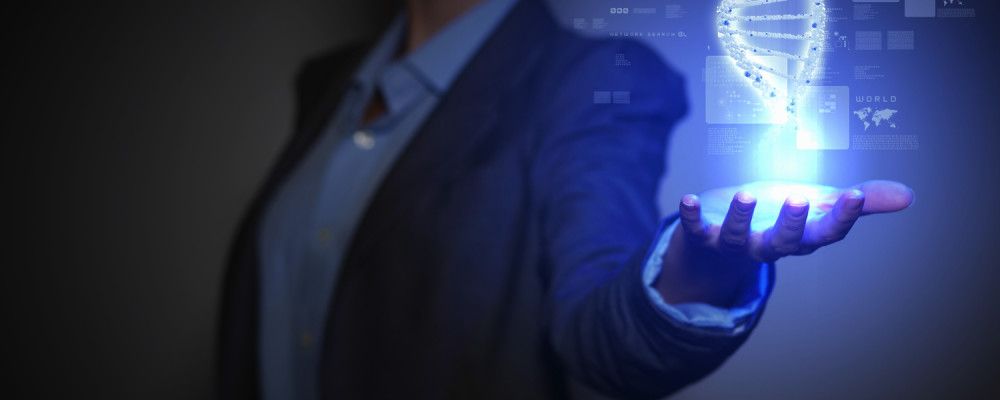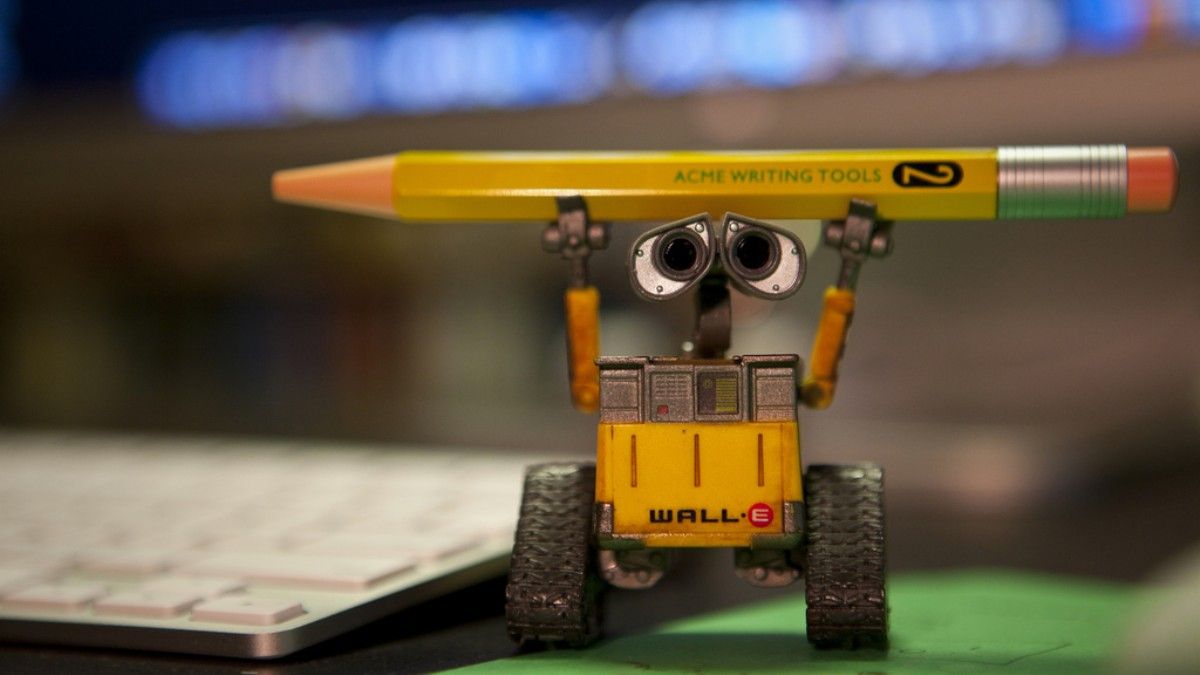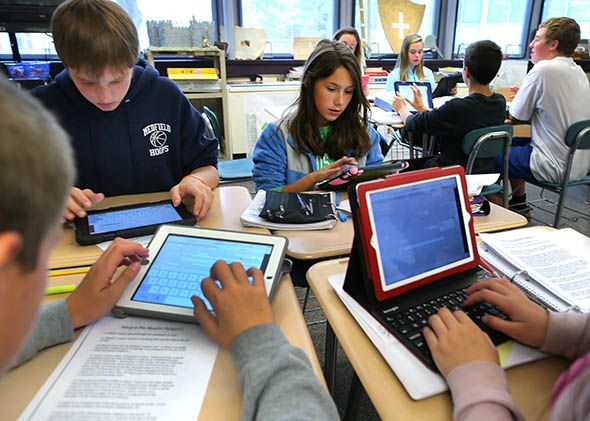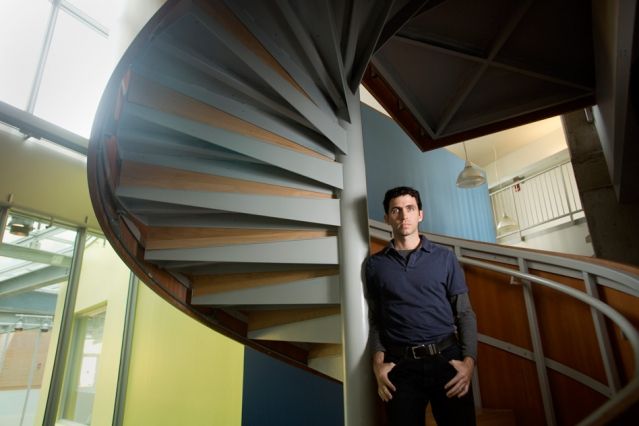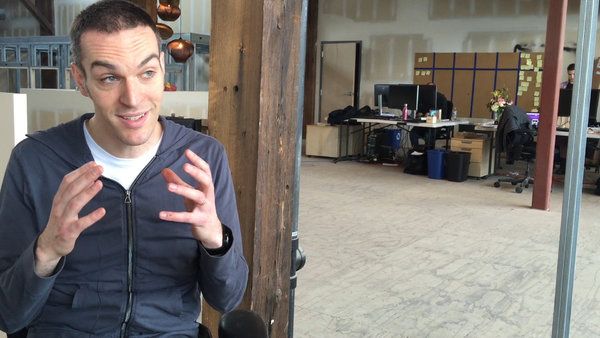Feb 28, 2015
A Telepresence Robot with a Gripping Arm? ORIGIBOT Is a Dream Come True
Posted by Seb in category: robotics/AI
By David J. Hill — Singularity Hub
Telepresence robots are awesome, but the experience can be frustrating at times. The reason? They lack arms. Whether you want to examine an object yourself, open a door, or pretend to be the Terminator with a Nerf gun, the lack of even a rudimentary claw can leave you feeling like a half a person, a mind wandering atop a remote control toy.
Not anymore.
Continue reading “A Telepresence Robot with a Gripping Arm? ORIGIBOT Is a Dream Come True” »
 By
By 